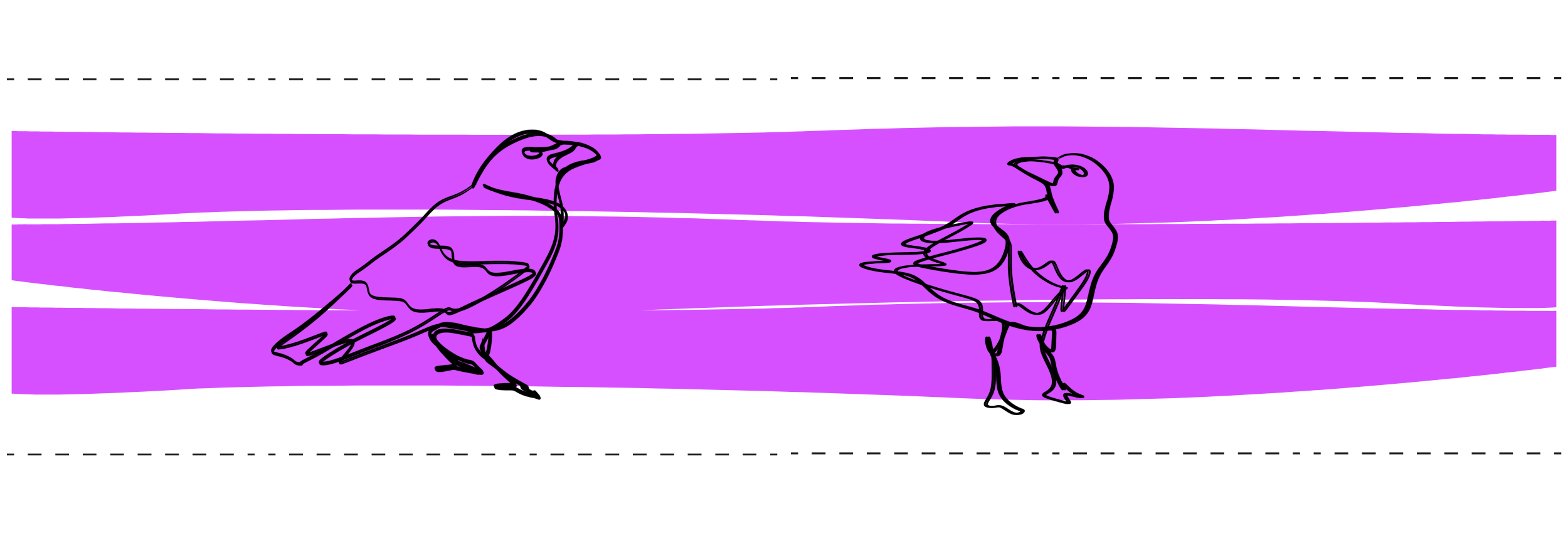Developing a Land Education Pedagogy
Introduction to Land Education
To some, natural environments can represent a blank slate upon which any program can be facilitated. While that may be true to a certain extent, developing a true land education program means situating land knowledge and our understanding of it at the core of our pedagogy.
Download a PDF of the guided prompts for this section or view below
Situating Ourselves in Place
Developing Land Education Pedagogy
Developing a land education program can be a difficult but rewarding experience, particularly with youth. To some, natural environments can represent a blank slate upon which any program can be facilitated. While that may be possible to a certain extent, developing a true land education program means situating land knowledge and our understanding of it at the core of our pedagogy. One way of thinking through what this means for your specific program is by using a tree analogy developed by Eve Tuck.
Leaves: You might want to start thinking of your program at the most visible level. What does the program actually look like? How many participants will you have? What does the daily schedule involve? What activities will participants take part in?
Branches: The branches can help you to think of relations between the program activities and the relationships between people. What will bring these activities together? What will move people from one thing to another? How will you foster connections?
Trunk: The trunk represents the larger structure of the program. This is what holds all the other things up. You can think of organizational structures, attitudinal structures, objectives, and policies. This is where you might think of the practices and values that will help you to be a good visitor and to embed the program in good relations to Indigenous people and land.
Roots: What lies beneath the program itself? You may want to think of land histories here, and also some of the root causes or influences for why you are planning this program altogether.
The different aspects of the tree are interconnected and can help you to plan a program. For example, if one of your roots is “disconnection from nature”, the trunk (objective) may be “increased exposure to natural environments”; the associated branch may then be “survival skills training”, and the leaves would be various activities such as chopping wood, building a tent, or learning to make fire.
It’s important to remember that there are many areas of learning that are part of a youth program. While the activities may be oriented around the natural environment, there are other objectives you may wish to consider, such as relationship building and skills sharing. See the following sections on “Working with young people” and “Designing a youth program” for more information on this.

Suggested citation:
Tkaronto CIRCLE Lab. (2023). Developing a Land Education Pedagogy [Land Education Dreambook]. https://www.landeducationdreambook.com/developing-a-land-education-pedagogy
